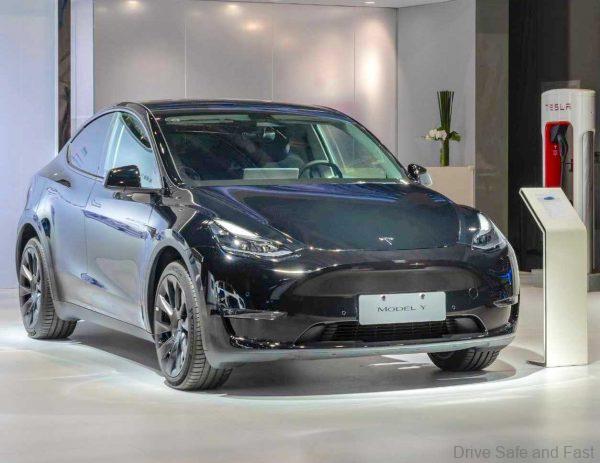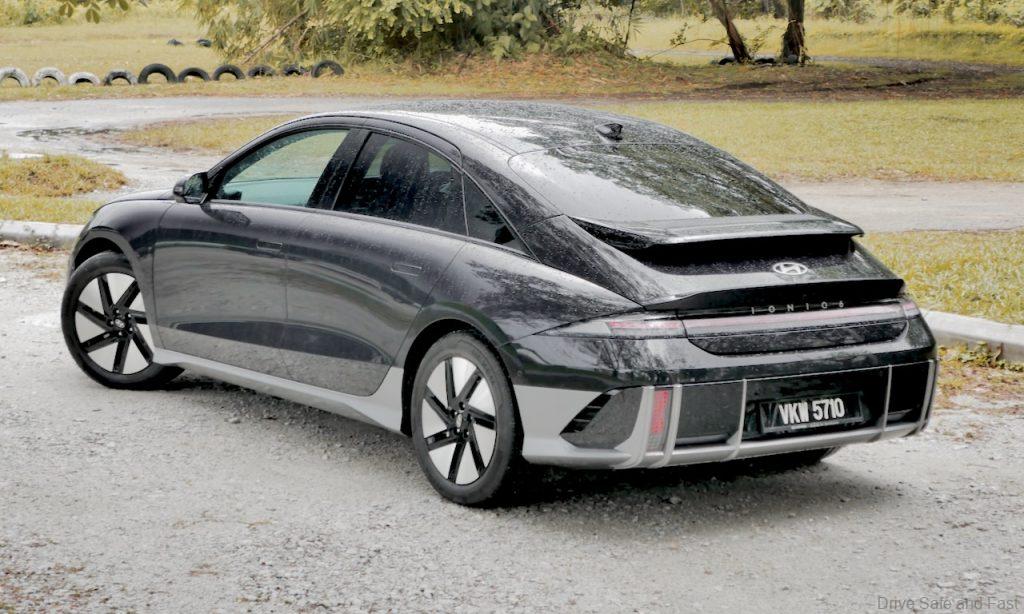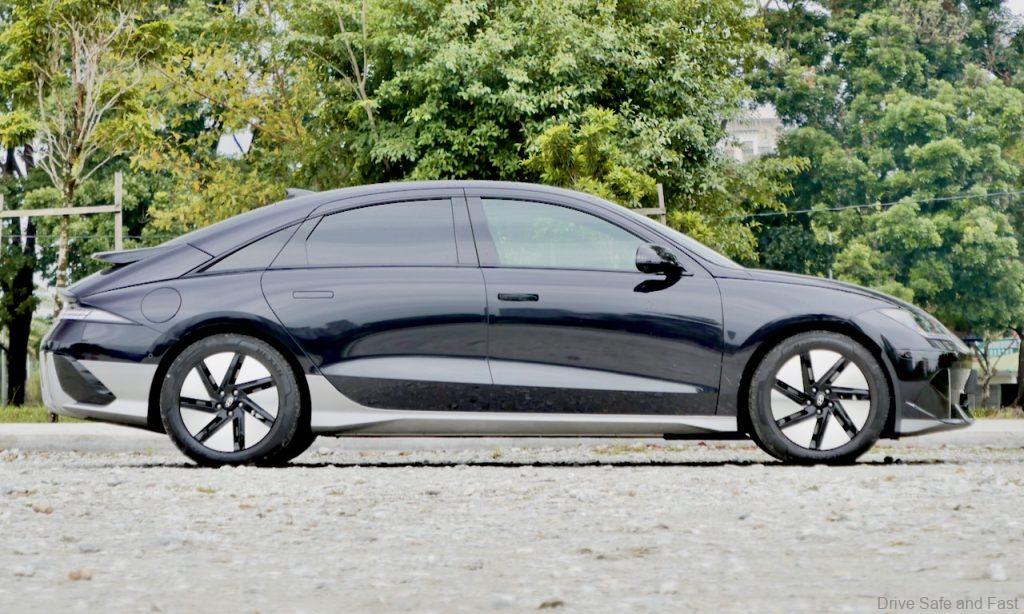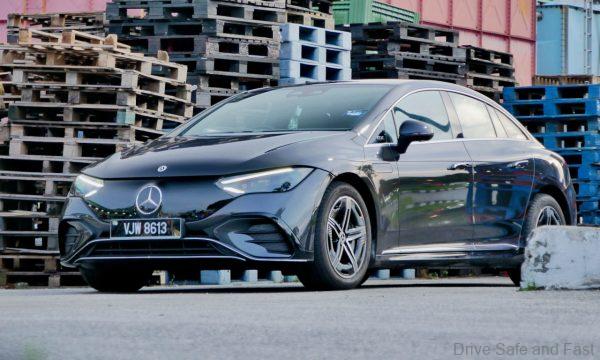Which EVs sold in Malaysia are best in terms of Ringgit per kilometer of range?
It is the end of 2023 and what better time to look back at the tax-free electric vehicles we have on sale in Malaysia for a thorough evaluation. We created an excel sheet with all the electric vehicles currently on sale in Malaysia that benefit from 100% excise duty and import tax exemption. Why? To compare each in terms of numbers and to come to some conclusions and to cement our understanding of the Malaysian buying public when it comes to these new types of cars.
Not really. This is actually just a bit of fun. These are not BEV Awards and I may have gotten some figures miscalculated. So if you spot anything strange do post a comment. Otherwise enjoy the analysis below.
Disclosures and Methods
Full disclosure, this “excel sheet” is actually a Google Sheet document, and not a Microsoft Excel document. It was also put together with my eyes only, so if there are errors, we hope to catch it and rectify our conclusions. We also used WLTP quoted ranges wherever possible. In rare cases where only NEDC ranges were available, we used established conversions to get the closest sensible WLTP equivalent. Finally, we are artificially segmenting EVs by 100km divisions, meaning 199-299km (to give the MX-30 some room to compete), 300-399km (the minimum range most buyers would consider usable without constant anxiety), 400-499km (a more optimum range for the average EV buyer), 500-599km (an above average range for more comfortable long-distance drives) and 600-699 (the absolutely largest possible range EVs can offer today).
The key metric we’re looking at here is Ringgit per km of range. We’ll also do a series based on motor output groupings as this is also a key advantage of EVs. For their price, EVs generate a lot of power and that’s a real reason why some customers buy them.
We foresee some major problems with our method of grouping – for one, there are more EVs in the 400-499km than in any other range, but this is what happens with most normal distribution. Grouping by 100s of km of range is also pretty arbitrary – there’s no reason why 450-550km isn’t more of a valid grouping. My reasoning is that going by 400-499km is a more ‘natural’ and ‘human-centric’ way for customers might already internalize EV range. Without further ado…
199-299km
Here we have three pioneers of the EV market, the Nissan Leaf (gen 2), the Mini Cooper Electric and the Mazda MX-30. Unsurprisingly, the Nissan Leaf is the value winner here, asking for a reasonable RM626 per km of range offered. The Cooper Electric trails at RM880 per km while the MX-30 asks for RM1,000 per km and offers just 199km.

300-399km
Here we get the base model EVs being led by the value king, the BYD Dolphin Dynamic Standard Range at RM294 per km, followed by the Neta V at RM333 per km and then a large gap for No.3, the Renault Zoe R110 at RM418 per km. It’s also worth noting that the BYD and Neta had their ranges converted from NEDC to WLTP. It’s also worth nothing that the price is similar for those two Chinese compact EVs but jumps up by RM60,000 for the Renault at No.3

It’s worth noting that this grouping has 11 cars with RM621 per km being the worst entry in this range, which was still better than the winner of the previous group. Already you can see the strange value proposition EVs present – a more expensive product can sometimes be the objectively better value vehicle.
400-499km
This is where the largest set of vehicles sit and also where value and range-value start to correspond. There are 39 entries here with prices ranging from RM124,900 to RM999,999. The winner in terms of RM per KM here is the BYD Dolphin Premium Extended version at RM293 per km. Second place goes to the Atto 3 Extended Range at RM400 per km. Third place goes to another Chinese EV, the Ora Good Cat 500 Ultra at RM404 per km. An honourable mention – the fourth place holder is the Hyundai Kona Electric e-Plus at RM430 per km. It’s worth noting that the price jump from Chinese EV to this Korean EV is substantial, but so is the range-jump. You’re adding about RM40,000 to the price for an additional 64km of range.

There’s also the premium sub-categories to judge here since the range is so wide.
The Tesla Model Y Standard Range (RM463/km), smart #1 Premium (RM498/km)and BMW i4 eDrive35 Sport (RM535/km) are decent value-premium entries. The Maxus Mifa 9 Luxury (RM620/km) also presents decent value despite being the only electric MPV on offer.

Also surprisingly good value is the Audi Q8 e-tron advanced 50 quattro at RM784/km given that it’s a larger premium EV.

We’ll leave the luxury and performance cars for another list involving performance metrics.
500-599km
Here’s where we start to understand why people are prepared to wait so long for a Model 3. It’s not just the Tesla brand – it’s the value proposition. The number one car in this range is the Tesla Model 3 RWD at just RM368/km. That’s right, it’s better value per km than the 2nd place winner (Atto 3 Extended Range) from the previous grouping. Next is the Tesla Model Y Long Range AWD at RM462/km and the Model Y Performance AWD at RM540/km.

There are a couple of key takeaways here – the Teslas all also lead when it comes to price per unit of performance. Not only that, but they’re much closer in price to some of the cheapest EVs on offer. It’s almost a no-brainer.

That being said, the Korean offerings aren’t too far off here. The Hyundai IONIQ 6 MAX AWD and the Kia EV6 GT-Line AWD at RM616/km and RM632/km give you a more familiar car-like experience and service centres.

600-699km
Here again we find another reason why Tesla is looked at as good value. The Model 3 Long Range AWD tops the chart with RM347/km.

In 2nd place is the Hyundai IONIQ 6 MAX RWD at RM472/km. Once again the IONIQ 6 manages to present an alternative to the Model 3, but with a more conventional car buying experience presented.

The Mercedes-Benz EQE 350+ AMG Line scores one win for the three-pointed star by presenting a lot more range than its premium rivals for RM628/km. The EQS also beats the i7 in this metric. Strangely, so does the Lotus Eletre S.

BYD and Tesla win twice with the same model, dominating the value sweetspots in the most important range groupings. What would you like us to cover and what could we improve on.